We are helpless to prevent the gradual disappearance of the Universe.
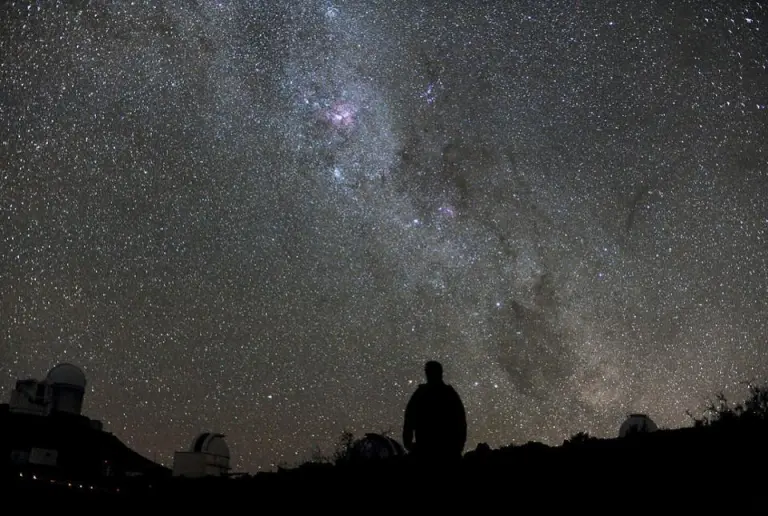
When observing a star, its distance can be determined based on the amount of time its light takes to travel to Earth, as the speed of light is finite. However, when observing a galaxy whose light has traveled for 100 million years, it does not necessarily mean that the galaxy is 100 million light years away. In fact, due to the expansion of the Universe on large scales, the distance is much farther than that.
This is because as photons travel over greater distances, the expansion of the Universe has a greater effect on their journey. Therefore, the most distant galaxies that we observe are even farther away than the amount of time it took their light to reach us, as the Universe’s expansion has pushed them even farther away.
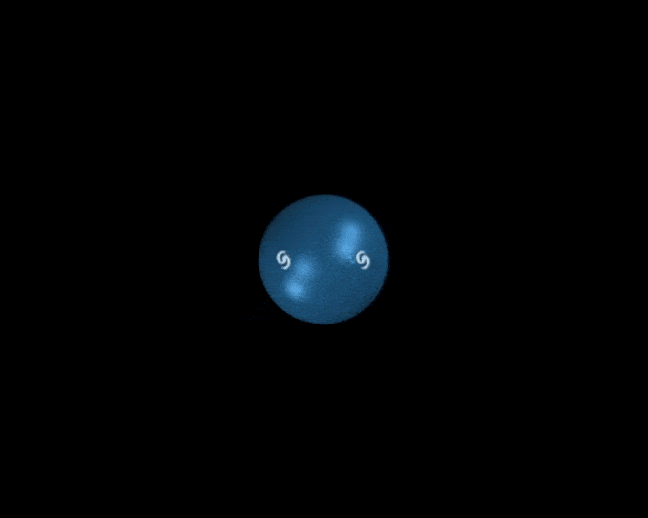
When light travels through space, it has a specific wavelength and energy. If the fabric of the Universe remained constant, the wavelength of the light would also remain constant upon arriving at its destination. However, due to the expansion of the Universe, the fabric of space is stretching, causing the wavelength of the light to become longer. This is known as a cosmic redshift, and it has been observed in the light emitted by the most distant galaxies.
The significant redshifts detected in the light from these galaxies have provided strong evidence for the theory of an expanding Universe. If the Universe were not expanding, the wavelength of the light from distant galaxies would not have been stretched to the degree observed. Therefore, the redshift phenomenon provides confirmation of the theory of cosmic expansion.
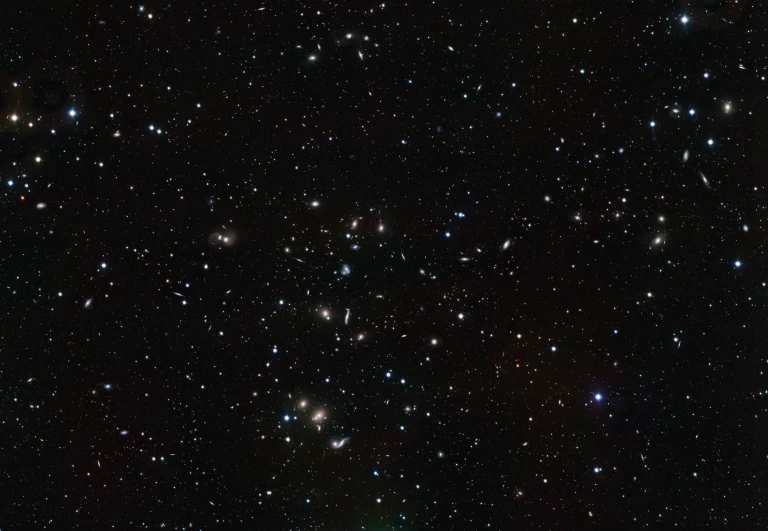
It is not just the fact that the Universe is expanding that we can determine through observations; we can also use the information gathered to understand how the expansion has occurred throughout its history. This allows us to gain insights into the composition of the Universe.
As light travels from a distant object in the cosmos, the expanding Universe causes the wavelength of the light to stretch, resulting in a redshift. The amount of redshift increases with the distance of the object from us, reflecting the evolution of the Universe’s components over time. This allows us to study the impact of different components of the Universe, such as dark energy, matter, radiation, and neutrinos, on the expansion of the Universe at different times.
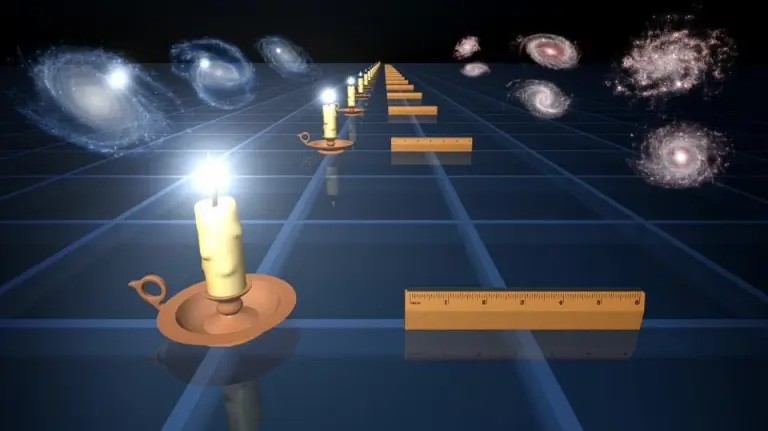
By measuring sources at a whole slew of distances, discovering their redshift and then either measuring their intrinsic vs. apparent size or their intrinsic vs. apparent brightness, we can reconstruct the entire expansion history of the Universe.
In addition, since the way the Universe expands is determined by the various types of matter and energy present within it, we can learn what our Universe is made out of:
- 68% dark energy, equivalent to a cosmological constant,
- 27% dark matter,
- 4.9% normal (protons, neutrons and electrons) matter,
- 0.1% neutrinos and antineutrinos,
- about 0.008% photons, and
- absolutely nothing else, including no curvature, no cosmic strings, no domain walls, no cosmic textures, etc.
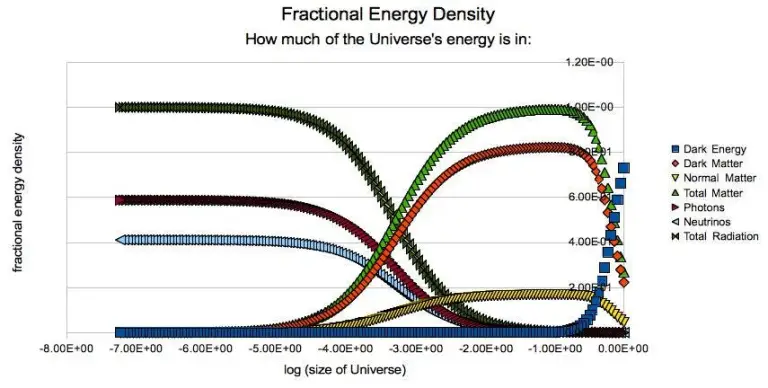
With a precise understanding of the components of the Universe, we can apply Einstein’s General Relativity to determine the future of our Universe. However, the implications of applying this knowledge to the discovery of a Universe dominated by dark energy were startling.
It revealed that all galaxies that are not gravitationally bound to us will eventually vanish from view. As the Universe expands unchecked by any force, these galaxies will speed away from us at an ever-increasing rate. Over time, the distance between these galaxies and ourselves will increase, leading to an accelerated motion away from us due to the expansion of space.
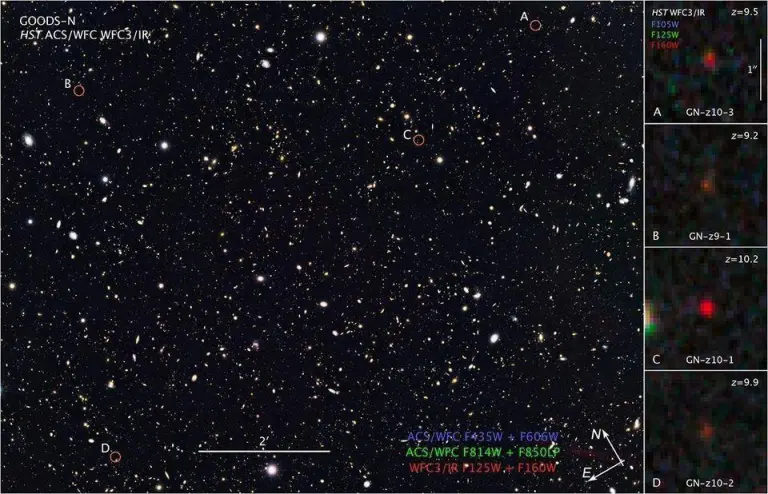
The implications of this expansion are distressing and inevitable. At a certain distance from us, the fabric of space expands so rapidly that photons leaving our galaxy towards a distant one or approaching ours from a remote galaxy will never reach us. Despite moving at the speed of light, these distant galaxies become unreachable due to the Universe’s expansion rate.
Currently, the distance beyond which galaxies become unreachable is about 18 billion light years away, as the density of matter and radiation continues to decrease, causing a decrease in the overall expansion rate when measured in km/s/Mpc.
Given that the observable Universe has a radius of approximately 46 billion light years and that every region of space contains the same number of galaxies on the largest scales, it means that only about 6% of the total number of galaxies in the Universe are within our reach, even if we depart now and travel at the speed of light.
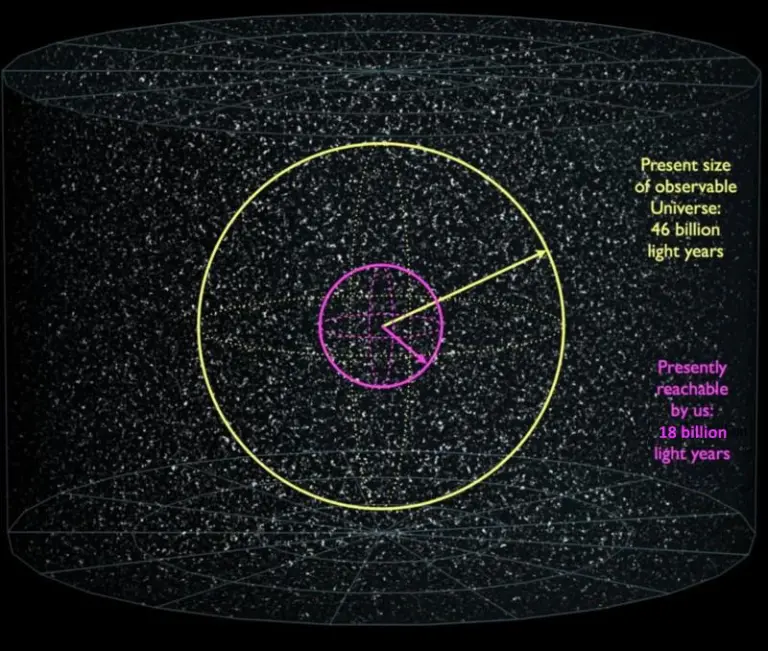
On average, between twenty and sixty thousand stars become unreachable every second, meaning the light they emit at present will never reach us. However, the light they emitted a second ago will someday reach us. While this thought may be unsettling, it also serves as a reminder of the value of every moment. The Universe is encouraging us to take advantage of the time we have and to not waste any opportunity to explore beyond our Local Group. This group of gravitationally bound objects includes Andromeda, the Milky Way, and approximately 60 small, satellite galaxies.
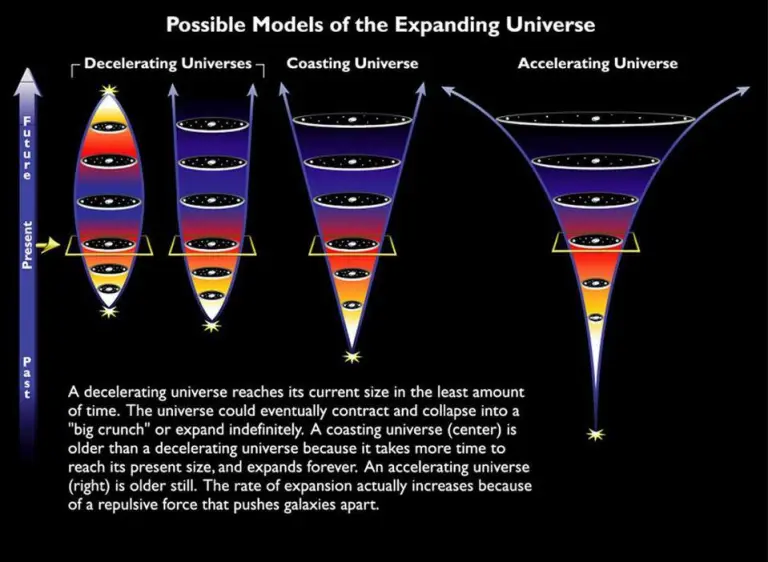
Out of the estimated two trillion galaxies that exist in our Universe today, only a meager 6% of them can be accessed from the Milky Way’s perspective. This number is continually dwindling due to the Universe’s accelerated expansion caused by dark energy. As time progresses, an increasing percentage of galaxies will become out of humanity’s reach, even beyond our Local Group.
Unless we advance our capability to travel between galaxies and venture out to other clusters and groups, we will remain confined within the Local Group. The ability to send and receive signals beyond the cosmic ocean will gradually disappear as time passes. Despite our attempts to defy the Universe’s relentless expansion, the strength of gravity is insufficient to overpower it. The Universe is evaporating before our eyes, and we are incapable of halting it.
Do not forget to share your opinion with us to provide you with the best posts !



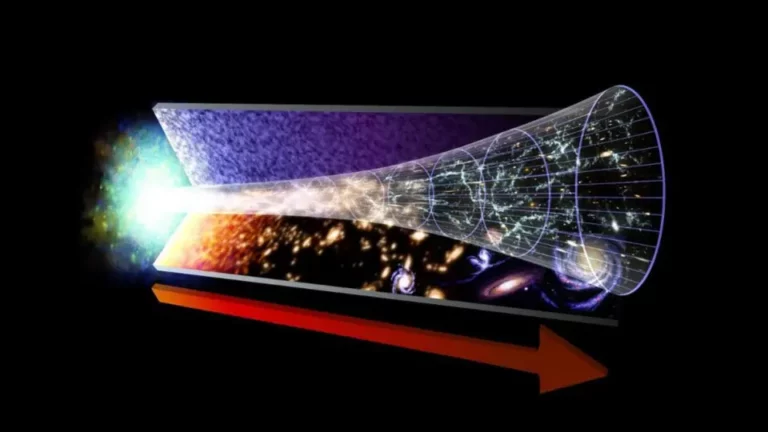
Does your site have a contact page? I’m having trouble
locating it but, I’d like to shoot you an email. I’ve got some
recommendations for your blog you might be interested in hearing.
Either way, great site and I look forward to seeing it develop over time.